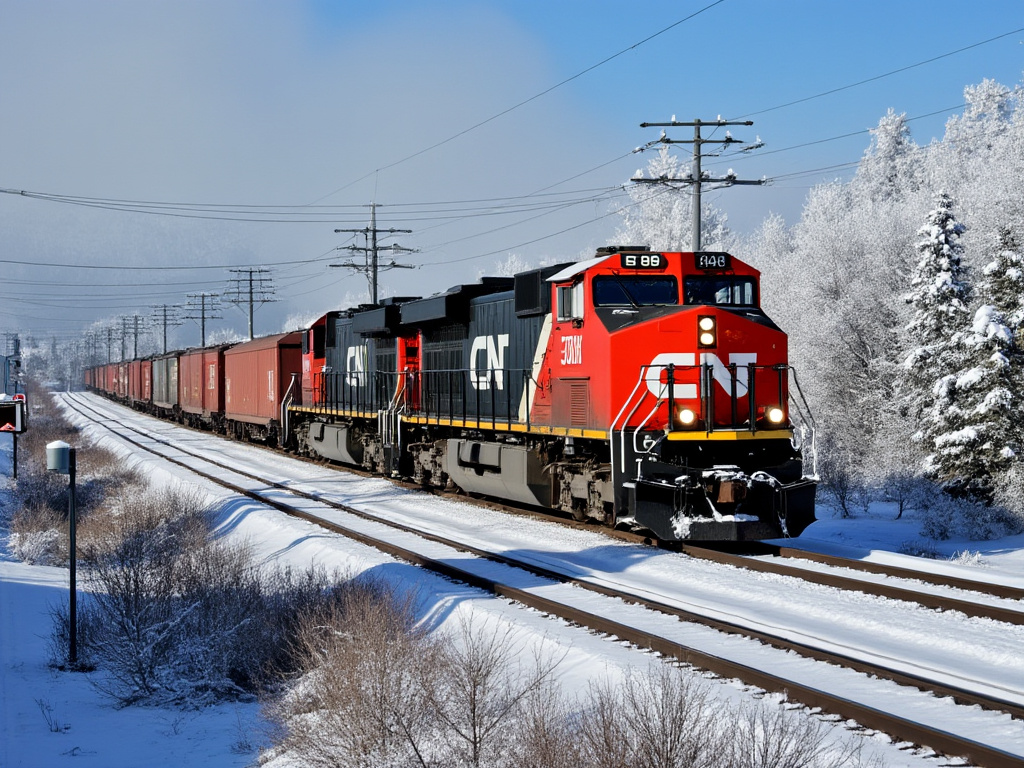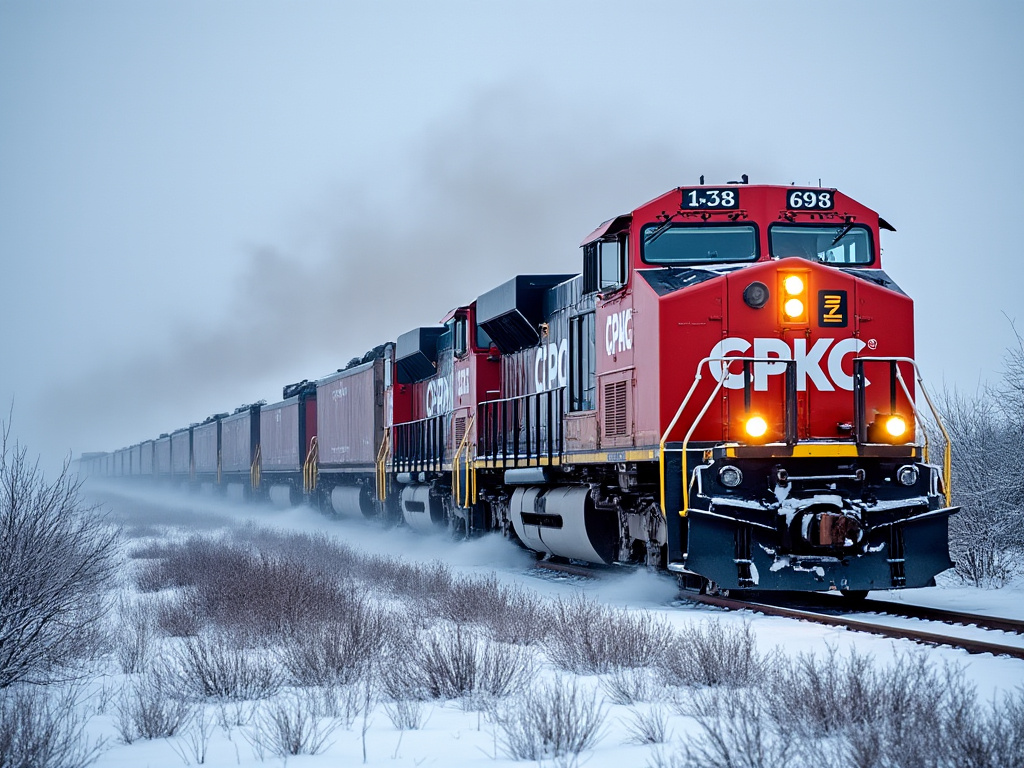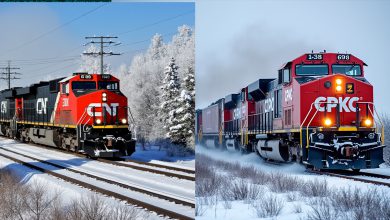As Canadian railroads have grinded to a halt, several sectors of the US economy may follow

The two biggest railroads in Canada, Canadian National Railway and Canadian Pacific Kansas City, started a lockout of more than 9,000 workers early on Thursday at around one minute after midnight, marking a dramatic escalation of a protracted labor dispute. The nation’s rail networks came to a complete halt as a result of this extraordinary action, seriously endangering the economies of both Canada and the United States.
The union representing the Teamsters Canada Rail Conference and the rail companies were unable to come to an amicable labor agreement after months of bitter negotiations. Representing over 10,000 employees, the union pushed for major advancements in pay, benefits, and working conditions, including rules regarding scheduling, rest times, and fatigue management.
Regarding the breakdown in negotiations, both parties exchanged accusations. While CN and CPKC claimed to have made significant offers to allay the union’s concerns, the Teamsters insisted that the companies had been unyielding in their demands.

Because so many necessities and commodities—from food and fuel to manufactured goods—rely heavily on rail transportation, the lockout had a significant immediate impact. Analysts cautioned that supply chain shortages, price increases, and financial losses on both sides of the border could result from the disruption.
The statement reads “CPKC is acting to protect Canada’s supply chains, and all stakeholders, from further uncertainty and the more widespread disruption that would be created should this dispute drag out further resulting in a potential work stoppage occurring during the fall peak shipping period. Delaying resolution to this labour dispute will only make things worse.”
On Thursday, Canadian National Railway and Canadian Pacific Kansas City came under heavy fire from Teamsters Union President Paul Boucher, who charged that the railroads put corporate profits ahead of the interests of their own workers, supply chains, farmers, and small businesses. According to Boucher, the companies were prepared to take a chance on economic instability in order to boost their profits.
The current lockout has sparked worries about the possible effects on the North American economy, despite the fact that talks are still ongoing. When Canadian Pacific went on a 60-hour strike in 2022, there was a corresponding railroad stoppage. Canadian National endured a nine-day strike three years prior.
In a joint statement, the chambers of commerce for the United States and Canada urged government action to avert a catastrophic disruption to families and businesses on both sides of the border. They cautioned that the US economy would suffer greatly from a railroad strike.
The United States and Canada’s interconnected supply chains are especially susceptible to this kind of disruption. In order to move commodities valued at billions of dollars across the continent, CN and CPKC are essential. Roughly one-third of the traffic these railways handle passes through the US border, according to Reuters.

According to estimates from the U.S. Department of Transportation, rail transportation made up about 14% of all bilateral trade between the two nations in the first half of the year. This works out to about $382.4 billion.
According to Reuters, a three-day work stoppage on Canadian Pacific Kansas City (CPKC) railways could cause significant economic harm. If the strike lasts for a week, estimates put losses as high as $1 billion. Particularly affected are the trucking, automotive, and agricultural industries, which have an effect on both consumers and businesses throughout North America.
Agriculture is among the most badly impacted industries. The American spring wheat export industry, which is vital to the Pacific Northwest, could be severely harmed by the suspension of rail operations. In addition, the strike compromises the supply of fertilizers, which is an essential input for farmers. Both producers and consumers may be impacted by shortages and price increases for agricultural products as a result of the disruption.
There are many serious issues facing the car industry as well. Supply chains have been thrown off balance by the strike, making it more difficult to move parts between markets and assembly facilities. This could result in increased expenses, postponed production, and even job losses in the automotive industry.
It is anticipated that the trucking sector will see a rise in demand as it looks to fill the gap created by the rail strike. But the trucking industry isn’t equipped or large enough to handle bulk commodities well, which could cause delays and disruptions.
Commuters are also directly impacted by the strike. Numerous individuals in prominent Canadian cities have been compelled to seek substitute modes of transportation, leading to notable discomfort and disturbances in their everyday routines.
Beyond the short-term disruptions, the strike has long-term economic effects.




